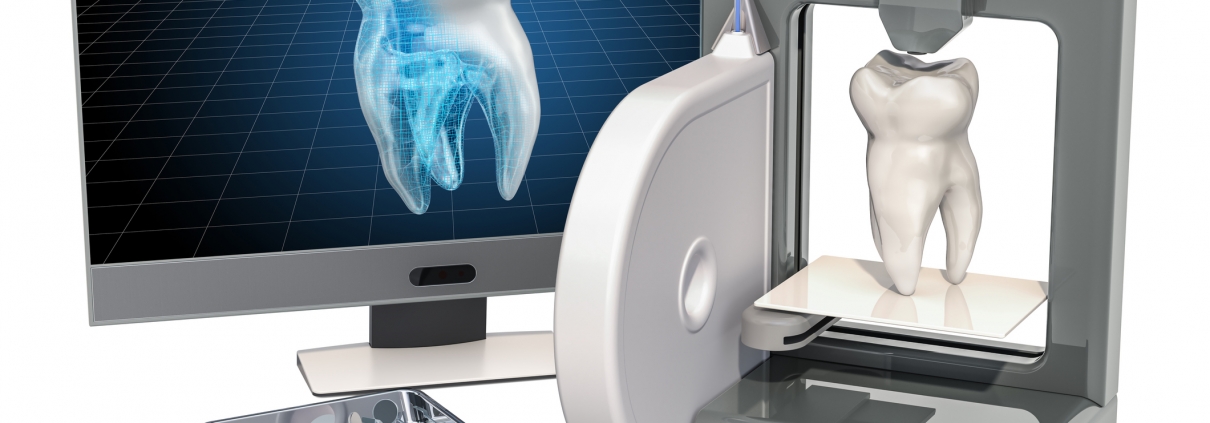Advances in Composite Materials and Digital Technologies
Restorative dentistry has witnessed remarkable advancements in recent years, driven by the dual engines of material science and digital technologies. These innovations are transforming patient care, enabling dentists to achieve outcomes that were previously unattainable. This article delves into two major areas of progress: the evolution of composite materials and the integration of digital technologies.
The Evolution of Composite Materials
Composite materials have long been a cornerstone of restorative dentistry due to their aesthetic appeal and versatility. Recent innovations have enhanced their durability, strength, and ease of use.
Nanotechnology in Composite Resins
Nanotechnology has revolutionized composite resins by introducing nanoparticles that improve material properties. These nanofillers increase wear resistance, reduce shrinkage during curing, and enhance the polishability of the material. As a result, restorations now have longer lifespans and maintain their aesthetic qualities over time.
Bioactive Composites
Bioactive composites are a significant breakthrough in restorative materials. These composites release ions such as fluoride, calcium, and phosphate, promoting remineralization and protecting against secondary caries. Bioactive materials not only restore function but also contribute to maintaining oral health.
Flowable and Bulk-Fill Composites
Innovations in flowable and bulk-fill composites have streamlined the restorative process. Bulk-fill composites allow for thicker increments during placement, reducing chair time while ensuring proper polymerization. Flowable composites offer improved adaptability to cavity walls, minimizing voids and microleakage.
Digital Technologies in Restorative Dentistry
Digital technologies have reshaped the workflow of restorative dentistry, from diagnosis to final restoration. These tools enhance precision, efficiency, and patient satisfaction.
Digital Impressions and CAD/CAM
The introduction of intraoral scanners and computer-aided design/computer-aided manufacturing (CAD/CAM) systems has eliminated the need for traditional impressions. Digital impressions are faster, more comfortable for patients, and highly accurate. CAD/CAM technology enables same-day restorations, such as crowns and veneers, by designing and fabricating them chairside.
3D Printing
3D printing is another transformative technology in restorative dentistry. Dentists can now produce customized dental models, surgical guides, and even temporary restorations with unprecedented accuracy. This technology reduces production costs and accelerates turnaround times.
Artificial Intelligence in Diagnosis and Treatment Planning
AI-powered tools are enhancing diagnostic capabilities by analyzing radiographs and intraoral images with high accuracy. These systems can identify early signs of caries, fractures, or periodontal issues, allowing for timely interventions. Additionally, AI aids in treatment planning by simulating outcomes and suggesting optimal restorative approaches.
Digital Smile Design (DSD)
Digital Smile Design software allows dentists to visualize and communicate treatment outcomes effectively. By integrating photographs, scans, and design software, practitioners can create a digital blueprint of the patient’s new smile, ensuring alignment with the patient’s expectations.
Integrating Materials and Technology, The Future of Restorative Dentistry
The synergy between advanced materials and digital technologies is paving the way for minimally invasive, highly aesthetic, and functional restorations. For instance, bioactive materials combined with AI-guided placement techniques can optimize both the biological and mechanical aspects of restorations. Similarly, advancements in robotics and automated workflows could further improve precision and efficiency.
Challenges and Considerations
While these innovations offer significant benefits, they also present challenges. Adopting new materials and technologies often requires additional training and investment. Dentists must balance the cost of implementation with the potential for improved patient outcomes. Additionally, as digital systems become more interconnected, data security and patient privacy will require careful attention.




